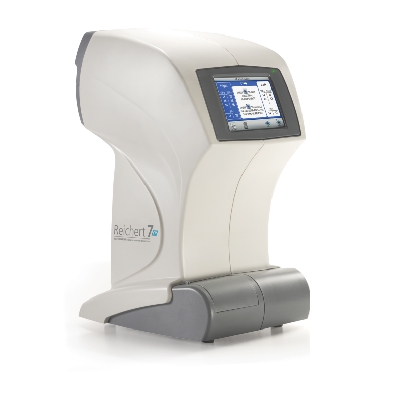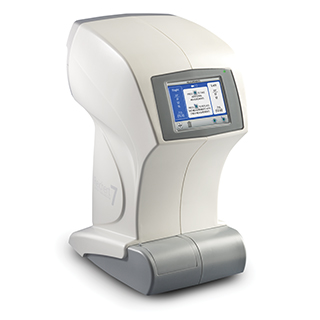I love my new tonometer
 First of all, from the bottom of my heart, I have to thank Dave for leading me to my purchase of my tonometer; what a fantastic instrument!
First of all, from the bottom of my heart, I have to thank Dave for leading me to my purchase of my tonometer; what a fantastic instrument!
Several years ago, my ophthalmologist said that I probably had what is called "normal pressure" glaucoma; my pressure was usually 15-16 whenever he checked me, and the highest he ever recorded was 19 on my right eye. He told me to find a glaucoma specialist, so I did.
I went to the specialist for a couple of years, but several things discouraged me from continuing to see him. I found another ophthalmologist; she was somewhat younger and, I thought, perhaps less apt to be running a Speede Oil Change type of service, to see how many people she could get through her clinic in a day. She was a bit better at the latter, but she refused to give me a prescription for a tonometer. I left her and quickly acquired a tonometer prescription; and by the way, the requirement for a prescription for a non-contact tonometer is as silly as the need for me to have a real estate broker's license to sell real estate, or for a city to have building inspectors.
Filed Under (tags):
- Read more about I love my new tonometer
- Maurice Dubois's blog
- Log in or register to post comments



